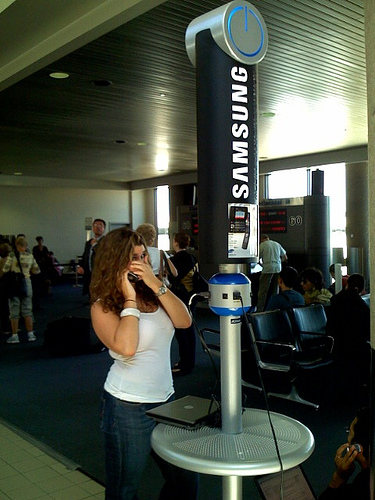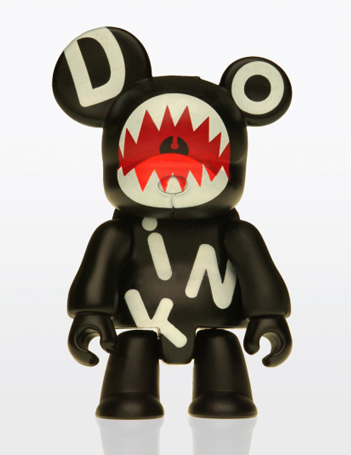This is the second of two columns on nonprofit branding (first appeared 5/13/08 on PhilanthropyJournal.com)
Branding began with cows, as a way to keep ranchers’ herds distinct. But in the nonprofit world, brands play an equally important role in helping donors and constituents determine which herd to join and which to steer away from.
Changing cows mid-stream
A lot of non-profits start out with a core group of supporters that are well attuned to the group’s initial mission. These special friends have contributed the blood, sweat and cash that has sustained and nurtured the organization. They often live and breathe your brand and have a proprietary feeling about the cause.
And this is all goodness until the organization starts to grow and the services offered expand, often beyond the original mission and interests of the early supporters. This is the point at which you will wish you had a name that wasn’t so restrictive, and there may be a temptation among some to change the name to address this expanded purview. My advice-don’t do it. Don’t change cows mid stream. It is far more dangerous than you think and could set the organization back for years. Awareness takes time and money to build, time and money that you can put to better purposes.
Blazing new trails
Just because I suggested you shouldn’t change your name doesn’t mean you can’t expand your mission. The trick is to do this and not completely alienate your early supporters. Part of the trick is not trying to do everything at once. Pick your new trails carefully and don’t overreach. Invite the core group of supporters into the process and ask them both to trouble-shoot and lead one of the new expeditions.
At the same time, start to mix in a fresh group of supporters that are truly enthusiastic about the new path forward. Their enthusiasm will be infectious and many of the old guard will see the light. For those that don’t, it might be time to create an “emeritus board of advisors” that focuses on the old mission and provides a place for them to remain comfortable with the organization.
Divide the herd
If you are truly concerned about losing the financial support of your early supporters, you may need to think about dividing your communications into two segments, one for the old guard and one for the new. This assumes you have a database of your constituents and can segment your email and mailing lists. If you don’t know how to do this, reach out to any number of organizations like Charity Focus that can help you set up the required technical infrastructure.
Once you have the lists divided, you can send customized communications and solicitations that promote the interests of that particular segment. It’s a little more work but it will pay off very quickly since you won’t have to replace your old fans with a bunch of new ones. Don’t panic if your new course frightens the herd. While there are unknown dangers in uncharted courses, going backwards is rarely a good alternative.
You must be brave, holding the reins of your brand with steadfast determination.



